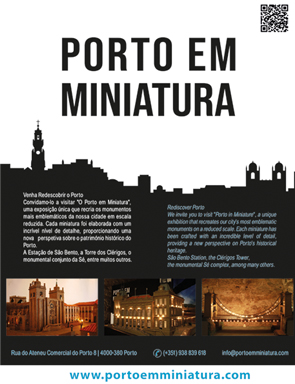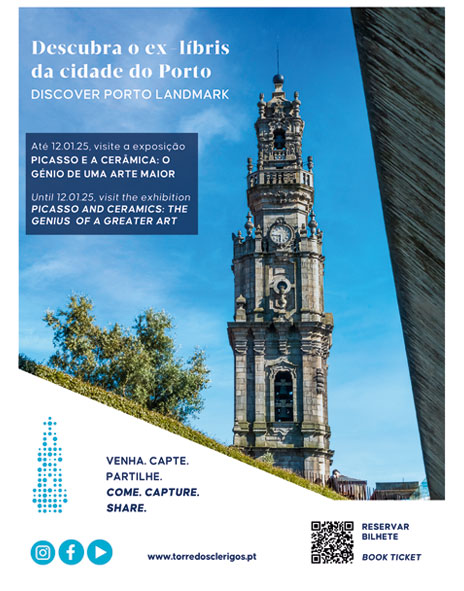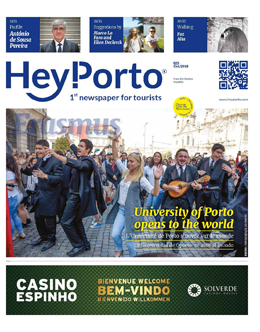The construction of the Church of São Francisco de Assis (St. Francis of Assisi) began in the 14th century, during the reign of king Dom Fernando (Ferdinand I of Portugal), in the place where a modest temple belonging to the Franciscan Order already existed, which had been established in the city of Porto in 1223.
With a structure that obeys to the rules of the mendicant Gothic style, i.e., a church with three naves, a protruding transept and a tripartite headboard, with the main chapel on a deeper level, the Church of São Francisco de Assis is the main Gothic style temple in the city of Porto.
In the 16th century, João de Castilho designed the Chapel of São João Baptista (St. John the Baptist), but it was during the 17th century that this temple acquired the baroque splendour, a style that is preserved until today through its interior covered in gold.
The exuberance of gold made the Count of Raczyński refer to the Church of São Francisco de Assis as “The Golden Church”. It is believed that the three naves of the church are covered with about 300 kilograms of gold dust. This abundance of gold even caused the church to be closed to worship, because it was too ostentatious to the poverty that surrounded it.
In the altarpiece of the main chapel, you can find one of the main attractions of this temple: the Tree of Jesse, a polychrome wood sculpture, which is considered one of the best of its kind in the world.
Another of the great attractions of the Church of São Francisco de Assis is the Catacumbal Cemetery, where the graves of brothers of the Franciscan Order, as well as some of the city’s noble families, are located.
In addition to the graves, it is also possible to see an ossuary with thousands of human bones through a glass placed on the ground.
The Church of São Francisco de Assis has been classified as a National Monument since 1910 and as a UNESCO World Heritage Site since 1996.








Comments are closed here.